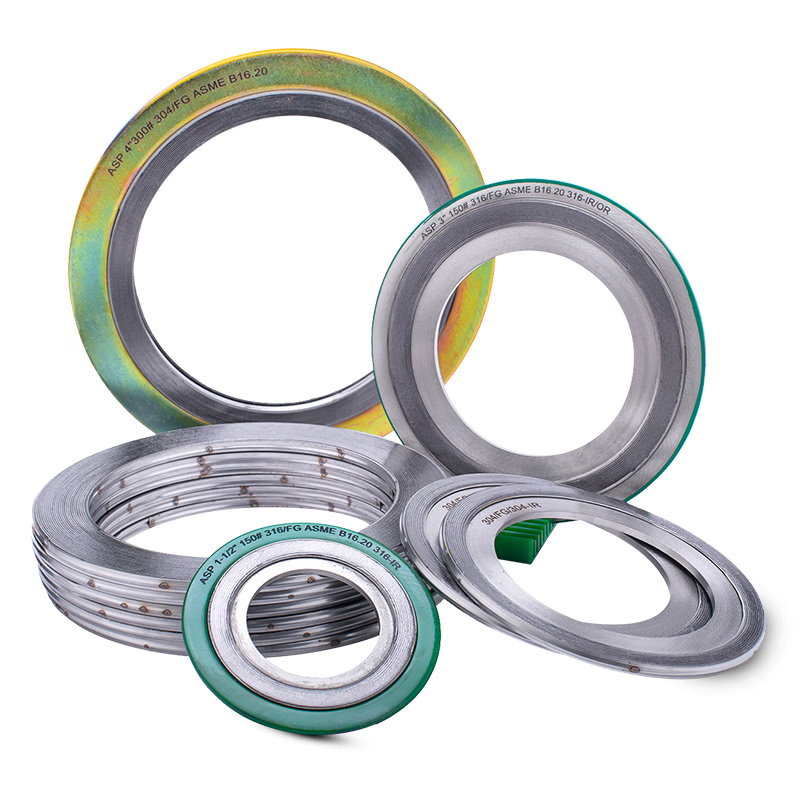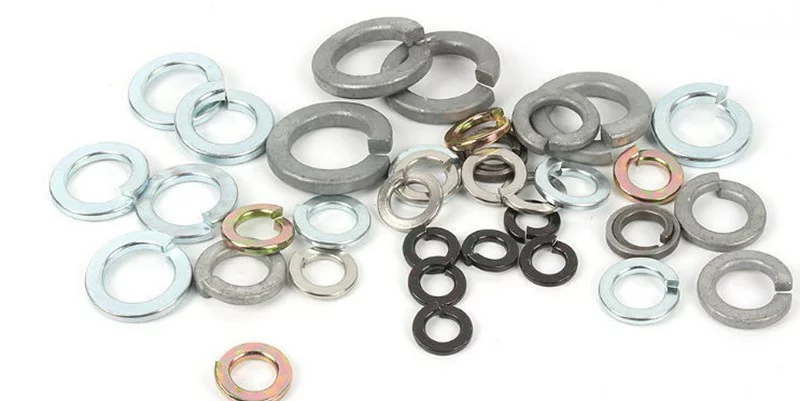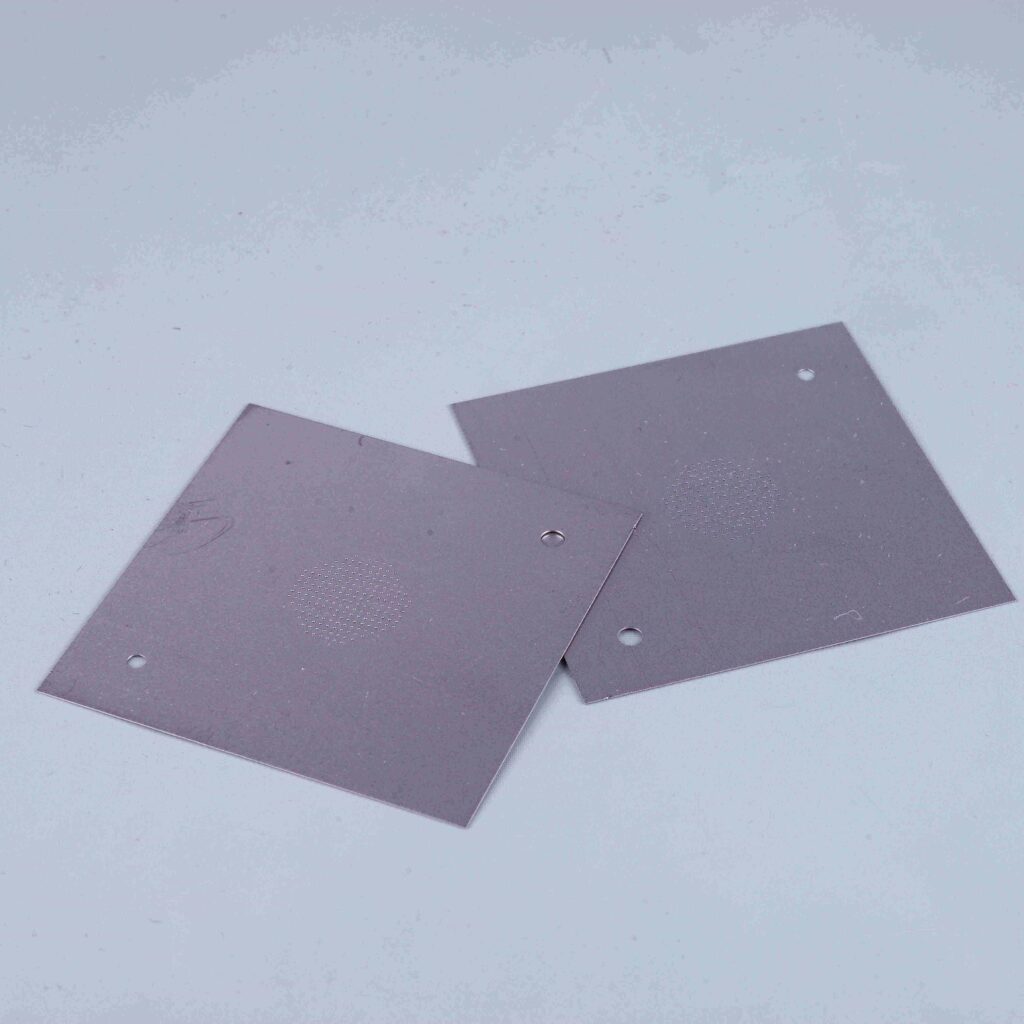Washers and gaskets are commonly used across various industries. To the untrained eye, they may seem very similar. Although both are flat and round, they actually have very different functions. A gasket is designed to seal between two mating surfaces to avoid any type of leaks. It serves as a soft barrier that fills gaps. A washer is usually placed under a bolt or nut to help distribute the pressure and protect the surface on which it rests.
Using the wrong one could mean leaks, loose bolts, or even the damaging of equipment. In this article, we’ll discuss the differences between a gasket vs washer.
What is Gakset?
A gasket is a kind of seal that sits between two surfaces, aimed at preventing leaks in fluids or gases. When two metal parts are bolted together, their surfaces are not flat. Even if they appear flat, there are small gaps. A gasket steps in and fills these gaps by compressing under pressure.

How Gaskets Work
- They sit between two mating surfaces, like pipe flanges or engine blocks.
- Gaskets compress when bolts are tightened.
- They fill in surface imperfections to create a seal that’s either airtight or watertight.
- Stay put even when pressure and temperature fluctuate.
Common Gasket Types
- Sheet gaskets: flat and cut to size.
- Ring gaskets: circular, designed for pipes.
- Spiral wound: made of layers of strips of metal and filler for high-pressure applications.
Gaskets are softer than the surfaces they seal, allowing them to fill in the gap. Without a proper gasket, pressurized systems can leak. Even a tiny leak can waste energy, damage equipment, or pose safety risks.
What is a Washer?
A washer is a flat disc with a hole in the center that goes under a bolt head or nut before you tighten it. Its main job is to distribute the load. When you tighten a bolt, all the force is concentrated on a small contact point, which can crush softer materials or create an uneven grip. Crush washer vs gasket are often compared because they both seal.

How Washers Work
- It slides onto the bolt before the nut.
- Sit between the fastener and the surface.
- The washer spread the clamping force over a wider area.
- They protect the surface from damage.
Common Washer Types
- Flat washers: standard for load distribution.
- Lock washers: designed to prevent loosening from vibrations.
- Spring washers: help maintain tension.
Washers are rigid and don’t compress like gaskets do. Their hardness protects softer materials like wood, plastic, or thin metal from the pressure of bolts. They also prevent nuts and bolts from digging into surfaces. In machinery that experiences vibrations, special washers help keep fasteners secure over time.
Gasket vs Washer: What’s the Difference?
The discussion about gasket vs washer boils down to one key difference: sealing versus supporting.
Gasket vs Washer: Design
- Gasket: Gaskets are made from soft, flexible materials and tend to be thicker than washers. They’re often custom-cut to fit specific joint shapes, and some even have metal reinforcement for those high-pressure situations.
- Washer: On the other hand, washers are thin, uniform discs that come in standard sizes to match bolt diameters. The hole in the center is just a bit larger than the bolt shaft, making installation a breeze.
Gasket vs Washer: Function
- Gasket: This is where things can get a little confusing between gasket vs washer. While both can sit between surfaces, they serve completely different purposes. If you try to install a gasket without a washer, your bolts might crush it unevenly.
- Washer: Conversely, if you use a washer where a gasket is needed, you’ll likely end up with leaks right away. In many cases, both are necessary; the washer protects the gasket from bolt damage, while the gasket does the sealing.
Gasket vs Washer: Material
- Gasket: The materials used for gaskets vary depending on what they’re sealing. For instance, chemical plants often use PTFE gaskets for corrosive fluids, while exhaust systems require graphite gaskets that can withstand extreme heat. Each material has its own temperature and pressure limits. Understanding this washer vs gasket material difference will help you to choose a better one.
- Washer: When it comes to washers, the material selection follows different guidelines. Washers should match the bolt material to avoid galvanic corrosion—so stainless bolts need stainless washers, and zinc-plated bolts pair with zinc-plated washers.
Gasket vs Washers: Industrial Applications
Let’s look at the application differences of a gasket vs washer:
Gasket:
- In the oil and gas sector, gaskets play a crucial role in connecting pipelines and ensuring refinery equipment runs smoothly.
- Chemical processing plants depend on them to safely contain corrosive materials.
- Automotive manufacturers rely on gaskets in various parts of vehicles, including engines, transmissions, and exhaust systems.
- Pharmaceutical companies require FDA-approved gaskets in their production equipment to keep everything sterile.
- The aerospace industry also uses specialized gaskets for fuel systems and pressurized cabins.
- Meanwhile, food processing facilities need food-grade gaskets that won’t compromise product safety.
Washer:
- In construction, washers are essential for securing structural steel connections in buildings and bridges.
- The automotive industry incorporates them throughout vehicle assembly, from the chassis to body panels.
- Manufacturing plants use washers on nearly every machine bolt to avoid equipment damage.
- The electrical sector requires insulating washers for control panels and switchgear.
- In marine applications, corrosion-resistant washers are a must for boats and offshore platforms.
This makes the difference between the washer vs gasket clear.
TMNetch: Custom Gasket and Washers
TMNetch specializes in crafting precision metal shims, washers, and spacers through the photochemical etching process. This method allows them to produce custom parts with exact tolerances that traditional stamping simply can’t achieve.
What Sets TMNetch apart:
- Tailored designs to meet your specific needs
- A variety of materials: stainless steel, aluminum, brass, copper, and phosphor bronze
- Photolithographic etching for intricate shapes and precise tolerances
- Options for flat or formed washers, depending on your application
- No tooling costs for prototypes or small production runs

While it’s helpful to understand the differences between a gasket vs washer, it’s important to get the right custom part for your needs. Reach out to TMNetch for a personalized quote based on your specific application!
FAQs About Custom Gasket vs Washer
Is an O-ring the same as a washer?
No, an O-ring is a circular rubber seal that fits snugly into a groove to keep leaks at bay. On the other hand, a washer is flat and helps distribute the load from the bolts. Even though they’re both round, they have different roles to play.
Is a gasket the same as a washer?
No, a gasket is designed to create a seal between two surfaces to prevent leaks. A washer is placed under bolts to evenly spread the pressure and protect the surfaces. The key difference between a gasket and a washer lies in sealing versus supporting.
What is the lifespan of a gasket?
The lifespan of a gasket can vary quite a bit depending on the material and the conditions it’s exposed to. Typically, rubber gaskets can last anywhere from 5 to 10 years under normal usage.
What is a washer used for?
A washer helps distribute the clamping force from bolts and nuts over a larger surface area. This not only prevents damage to softer materials but also helps keep fasteners from loosening due to vibrations or repeated stress.
Conclusion
Understanding the difference between gasket vs washer is crucial for keeping your equipment running smoothly and avoiding expensive breakdowns. Gaskets are designed to seal joints and prevent leaks in pressurized systems, while washers help distribute the load of fasteners and protect surfaces from wear and tear. In many cases, both of these components need to work in harmony to ensure everything operates at its best.
